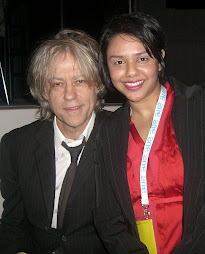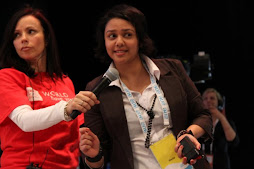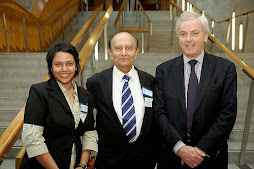As part of our diplomatic training, professors of Al-Akhawayn University had opened our eyes to domestic and foreign issues related to Morocco and the Middle East. Together with classroom training and visits to the Moroccan Parliament, and Ministry of Foreign Affairs in Rabat, I have compiled a short summary of what we have learnt on Moroccan and Middle Eastern Politics.
The Middle East is made up of 21 countries, 16 of which are ruled under the single party ‘populist authority’, or the family-ruled monarchical regime. Morocco falls under the monarchical political system, whereby the King is constituently the overriding political decision-maker. As the direct descendent of Prophet Muhammed (pbuh), Morocco’s current sovereign HM King Mohammed VI is also recognised as the Head of Religion. Educated with a law degree, the King has the expertise to modify Islamic law to modern circumstances, which is unlike many Islamist state.
Domestically, the King is favourable for the improvement of women’s rights. After decades of protests by feminist organisations, the King has supported the reformation of the ‘Family Code’ which ensures that women become men’s partner in rights and obligation. Reforming the Moudawana has enabled women the right to divorce, retain property, pass national rights to her children, and increase the minimum age of marriage to 15. However, even with these changes, women’s freedom of movement remains restrictive especially in rural areas. Morocco has one of the highest illiteracy rates (80-90% of all ages) and is still 47% rural. The law says that everyone must attend school, however the mixture of French, Arabic, Spanish and local Berber dialect makes educating the nation a difficult process. Universities remain available for the elite, which leaves the rest of the nation behind. Furthermore, the implementation of laws is quite a big problem. For example, the law states that alcohol is forbidden, yet the purchase of alcohol is readily available.
On an international level, Morocco prioritises its foreign agenda around counterterrorism, the unification of the Maghreb, and the Western Sahara. It is quoted that 17% of Al-Qaeda organisation is from Morocco, however Moroccan officials were in denial that terrorism could ever affect them. Such thinking changed when a bomb exploded on May 16, 2003 in Casablanca. Since then, Morocco has been cooperating in counterterrorism strategies in North Africa, and has even issued special permission for the US to keep military bases on its soil.
Our visit to the Ministry of Foreign Affairs in Rabat confirmed that the issue of Western Sahara and the Maghreb Union is much complex. Western Sahara is seen as a geo-political issue between Algeria and Morocco, however Morocco had withdrawn from the African Union as they did not support Moroccan claim over the Western Sahara enclaves. People of the Sahara would prefer to be independent yet the right for self-determination is clearly not acknowledged by either party. Similarly, the issue of the Maghreb Union is unlikely to be resolved. The unification of the Northern African region (between Tunisia, Morocco, Algeria, Libya and Mauritania) became homogeneous after French colonisation, however each nation have conflicting interest that fail to keep the alliance together. A diplomat at MOFA told us that such issues will be resolved once the problem between Palestine and Israel subsides, hinting that these security matters will continue for some time.


























